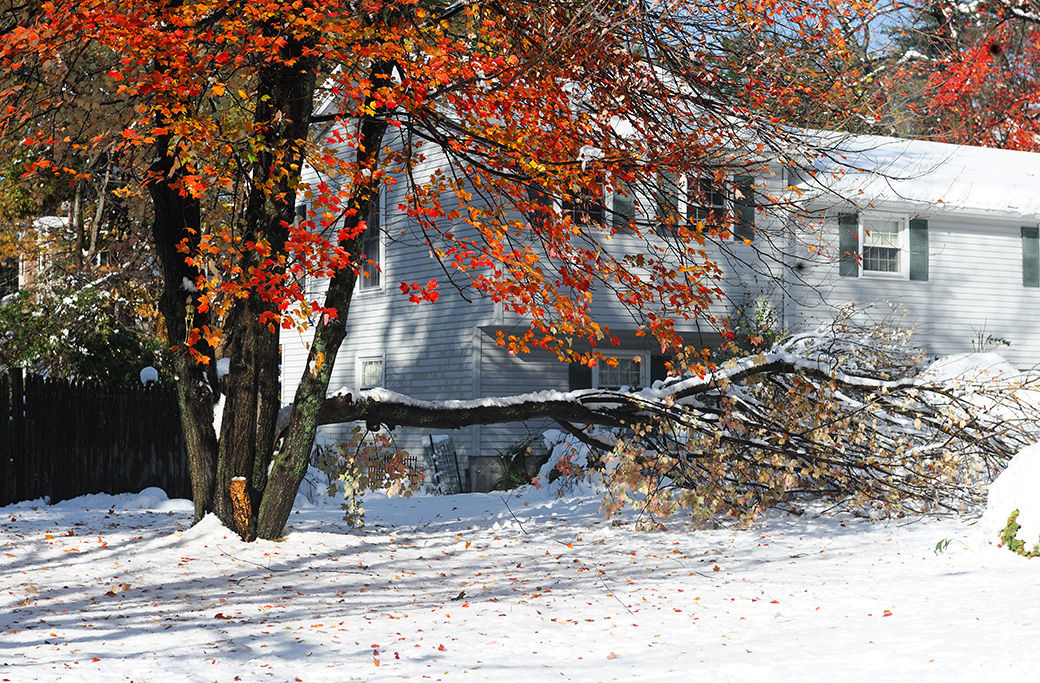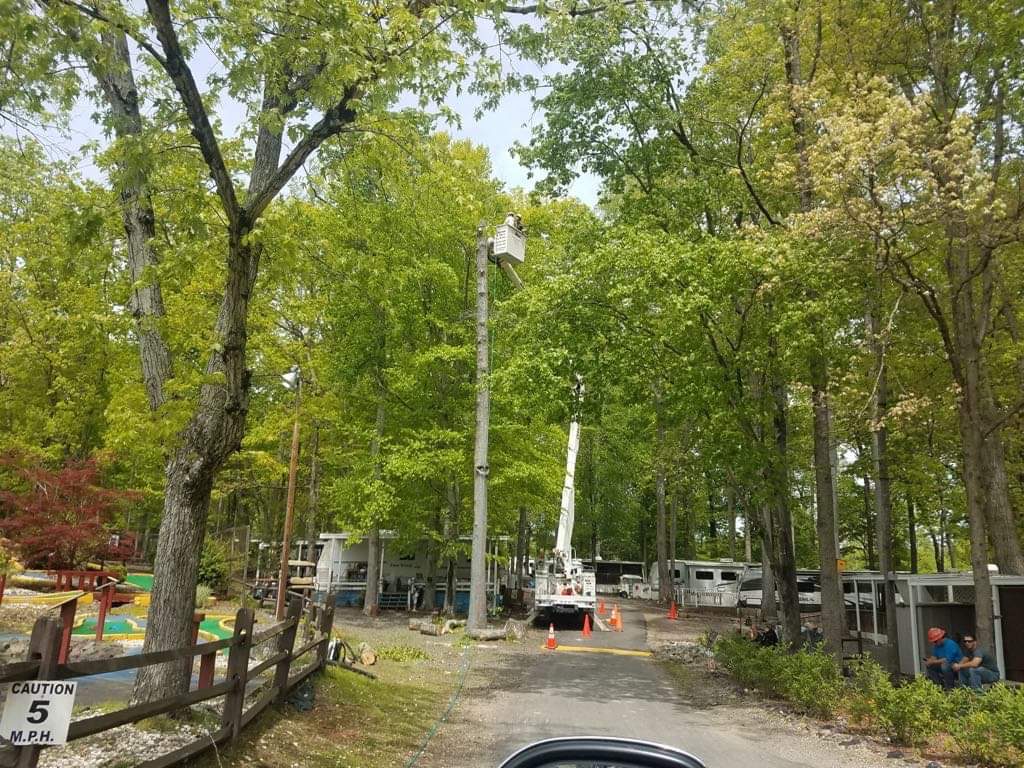Winter brings its beauty—glistening snow, frosted landscapes—but it also carries inherent risks for homeowners and property managers. Ice storms, in particular, can wreak havoc on your trees, posing threats to your property, safety, and landscape investment.
Is your yard ready to handle the weight of heavy ice this winter? With thoughtful preparation and proactive care, you can protect your trees, minimize damage, and safeguard your property—along with your peace of mind. From trimming branches before the storm to managing recovery afterward, these steps will help you face the winter season with confidence and ease.
Understanding the Risks of Ice Storms
Ice storms are notorious for causing extensive damage. But how exactly does this happen, and what tells you if your trees are at risk?
How Ice Storms Affect Trees and Property
When freezing rain coats tree branches with ice, the weight can become immense. A half-inch of ice on a branch can add over 500 pounds of weight. This strain often leads to cracking or complete branch failure. Falling limbs not only harm your trees but can also collapse onto roofs, power lines, vehicles, and fences, resulting in costly repairs.
Trees with certain characteristics—deadwood, weak branch structures, or deep splits—are particularly vulnerable. Identifying these risks in advance is key to preventing accidents.
Common Signs of Tree Damage
After an ice storm, look for:
-
- Cracked or hanging branches: These pose an immediate safety threat.
- Splits at the trunk or major branches: Structural instability is a warning sign of impending failure.
- Leaning trees: Weakened roots may cause trees to tilt dangerously.
Addressing these issues before and after storms can save you from more expensive damage later.
Preparing Your Trees for Winter
The best defense against ice storm destruction is a solid preparation strategy. Proper tree care helps ensure that your landscape can endure even the harshest storms.
Regular Tree Maintenance is Vital
A neglected yard is more likely to succumb to storm damage. Regular tree trimming not only improves aesthetics but also strengthens the tree’s structure by removing unbalanced or hazardous growth. Trimming dead branches or thinning heavy canopies helps reduce the weight stress caused by ice accumulation.
How to Identify Vulnerable Branches
Take a walk around your property and observe your trees closely. Look for:
-
- Dead or decaying limbs: These are the weakest points during an ice overload.
- Branches too close to your home or power lines: Trim these preemptively to prevent costly accidents.
- Weak forks (V-shaped branch junctions): These are more prone to splitting and breaking under ice pressure.
If you’re unsure what to spot, a professional tree service can perform a thorough assessment for you.
Actionable Tips for Protecting Your Trees
Here are tangible, expert-recommended measures you can take to safeguard your trees and property.
1. Proper Tree Trimming Techniques
-
- Timing matters: Schedule trimming before winter or early in the season to avoid overburdened trees.
- Focus on deadwood removal: Prioritize removing dead, diseased, or hanging limbs.
- Thinning the crown: A balanced tree canopy holds less ice and disperses weight effectively.
Avoid harsh pruning that could weaken the tree or leave it vulnerable to diseases and pests. A gentle, calculated approach is best.
2. Use Tree Bracing and Supports
For trees with structural vulnerabilities, additional support systems such as bracing or cables can alleviate stress during storms. Braces stabilize weak branch unions, while cables reinforce flexibility under pressure. Installing these should be done by a professional arborist to ensure proper placement and safety.
3. Monitor Tree Health Regularly
Winter storm preparation doesn’t stop after one inspection. Make it a habit to assess your trees regularly. Look for developing cracks, newly leaning trees, or other damage signs as the season progresses.
Recovering from an Ice Storm
Despite our best efforts, nature can be unpredictable, and storm damage may still occur. Knowing what to do next is vital for ensuring the safety and health of your landscape.
Steps to Assess Damage After the Storm
Once the ice melts and it’s safe to approach your property, inspect for:
-
- Hanging or broken limbs: Remove these promptly to avoid potential injuries or further damage.
- Splintered trunks: Trees with major structural issues may need removal for safety reasons.
- Uprooted or severely leaning trees: These can pose immediate risks and often require professional intervention.
Call in the Professionals for Recovery
While minor pruning can sometimes be done yourself, handling large-scale damage is a job for experts. Certified arborists can safely remove compromised limbs, assess overall tree health, and recommend steps to preserve the remaining structure. Professional tree care is essential to saving trees that can be salvaged and removing those that cannot.
Ice Storm Ready: Protect Your Trees and Property This Winter
Your property’s trees are assets worth protecting. By trimming proactively, using bracing for added support, and working with skilled professionals, you can minimize winter storm risks and preserve your outdoor space for years to come.
Don’t wait until it’s too late—contact Shannon & Sons Tree Service today to schedule your winter preparation assessment. Together, we’ll ensure your trees survive and thrive through the harshest winters while protecting your home and property.



